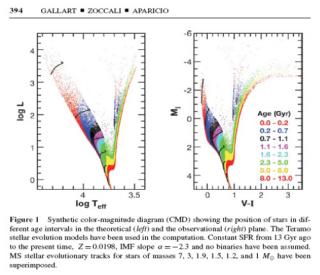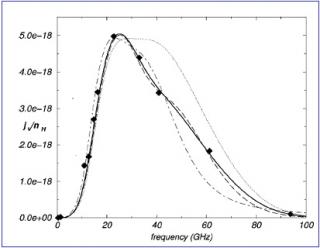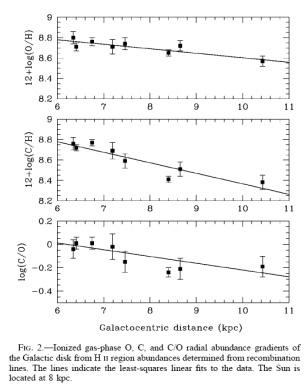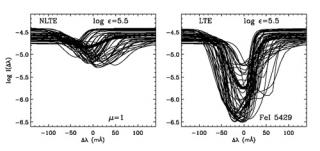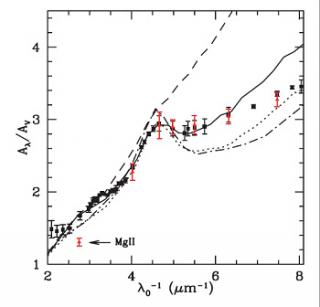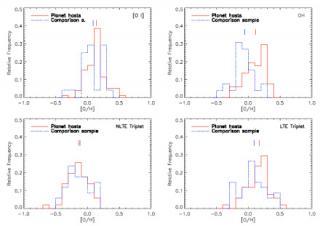
A study comparing the oxygen abundance of stars with planets to stars without planets has been completed. By looking at various indicators of the O abundance, it was discovered that stars with planets generally present higher oxygen abundances. These studies are part of an IAC programme to determine whether significant differences exist between the chemical compositions of stars with and without planets (Ecuvillon, Israelian et al., 2006, A&A 445, 633).
Advertised on
